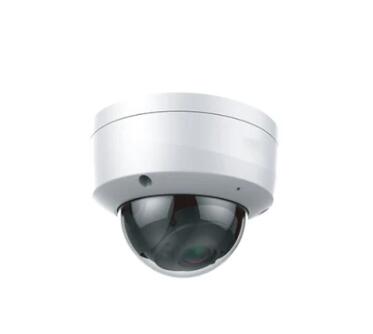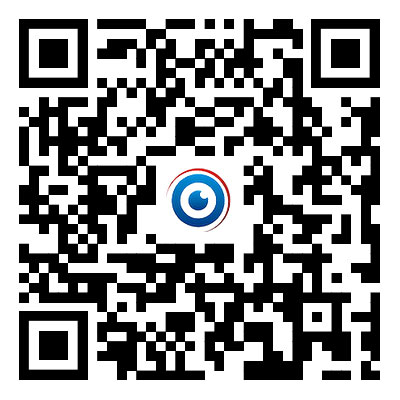Safeguarding Wellness: The Role of Surveillance in the Healthcare Industry
2023-12-05
Introduction:
In the ever-evolving landscape of healthcare, the integration of surveillance technologies has emerged as a vital component for ensuring patient safety, operational efficiency, and overall quality of care. From enhancing security measures to optimizing workflows, surveillance systems play a multifaceted role in healthcare settings. In this blog post, we'll explore the diverse applications and benefits of surveillance in the healthcare industry, shedding light on how these technologies contribute to the well-being of patients and the effectiveness of healthcare services.
1. Hospital Security and Access Control:
- Securing Premises:
- Surveillance cameras are strategically placed throughout hospitals and healthcare facilities to monitor entry points, parking lots, and public areas. This helps in deterring criminal activities, ensuring a secure environment for patients, staff, and visitors.
- Access Control Systems:
- Integrated with access control systems, surveillance enables the monitoring and management of restricted areas. Only authorized personnel can access critical zones, safeguarding sensitive information and medical equipment.
2. Patient and Staff Safety:
- Fall Prevention:
- Surveillance systems can be used to monitor patient movements, especially those at risk of falling. Automated alerts and notifications can be generated to healthcare staff, enabling timely intervention and fall prevention.
- Emergency Response Coordination:
- In the event of emergencies, surveillance helps coordinate rapid responses. Real-time monitoring allows staff to assess situations quickly and deploy resources where needed, contributing to enhanced patient and staff safety.
3. Infection Control:
- Monitoring Hygiene Practices:
- Surveillance cameras can be employed to monitor adherence to hygiene practices, including handwashing and the use of personal protective equipment. This is crucial for preventing the spread of infections within healthcare settings.
- Identifying Hotspots:
- By analyzing surveillance data, healthcare administrators can identify areas with a higher risk of infection transmission. This proactive approach allows for targeted interventions to minimize the risk of outbreaks.
4. Workflow Optimization:
- Patient Flow Management:
- Surveillance systems aid in optimizing patient flow within healthcare facilities. By tracking movement patterns, administrators can identify bottlenecks and implement changes to improve the efficiency of services.
- Resource Allocation:
- Cameras can monitor the utilization of resources, such as equipment and staff, in real-time. This data-driven approach enables healthcare organizations to allocate resources more effectively, reducing wait times and improving patient satisfaction.
5. Medication Management:
Preventing Medication Errors:
- Surveillance in medication rooms and dispensing areas helps prevent errors in medication administration. Cameras can be used to monitor the medication preparation process and ensure compliance with protocols.
- Securing Medication Storage:
- Surveillance contributes to the security of medication storage areas, preventing unauthorized access and potential theft. This is critical for maintaining the integrity of pharmaceuticals and ensuring patient safety.
Conclusion:
In the healthcare industry, surveillance goes beyond traditional security measures to encompass a spectrum of applications that enhance patient care, safety, and operational efficiency. As technology continues to advance, the integration of intelligent surveillance systems will play an increasingly pivotal role in shaping the future of healthcare delivery. Striking a balance between leveraging these technologies for the greater good while respecting patient privacy and ethical considerations is key to realizing the full potential of surveillance in promoting the well-being of individuals and communities.



